Japan is the kind of country you could spend months exploring. With so many different regions, it is a country of diverse experiences and unique destinations. There are so many unique and interesting things to do here, that you certainly won’t run out of options.
Although 7 days are not enough to explore the most of Japan, you can still manage to get a taste of Japanese culture and all of its quirks. Also, with Japan Rail Pass, you’ll be able to cover more places than in any other country.
So, we have mapped out a seven-day schedule which is perfect for your first time visit to Japan. This seven-day itinerary does not cover all the famous places in Japan like Hiroshima, Kanazawa, or Kobe, but it should be easy to switch one or two days if you wish to visit any of these places.
Day 1: Tokyo (Shibuya District, Harajuku, and Shinjuku)
Shibuya District: Once you are ready, head to Shibuya district. The famous Shibuya Crossing is one of those quintessential Japan experiences and the perfect way to start your trip. It’s just so mesmerizing to watch hundreds of people cross the famous Shibuya Crossing at once. I also recommend you to explore the street of Shibuya. Here you’ll find alleyways filled with little eateries (think ramen bars small enough to fit in your living room, where the cook also takes your order!), arcades where young Japanese hang out after work and fashion-forward shops.
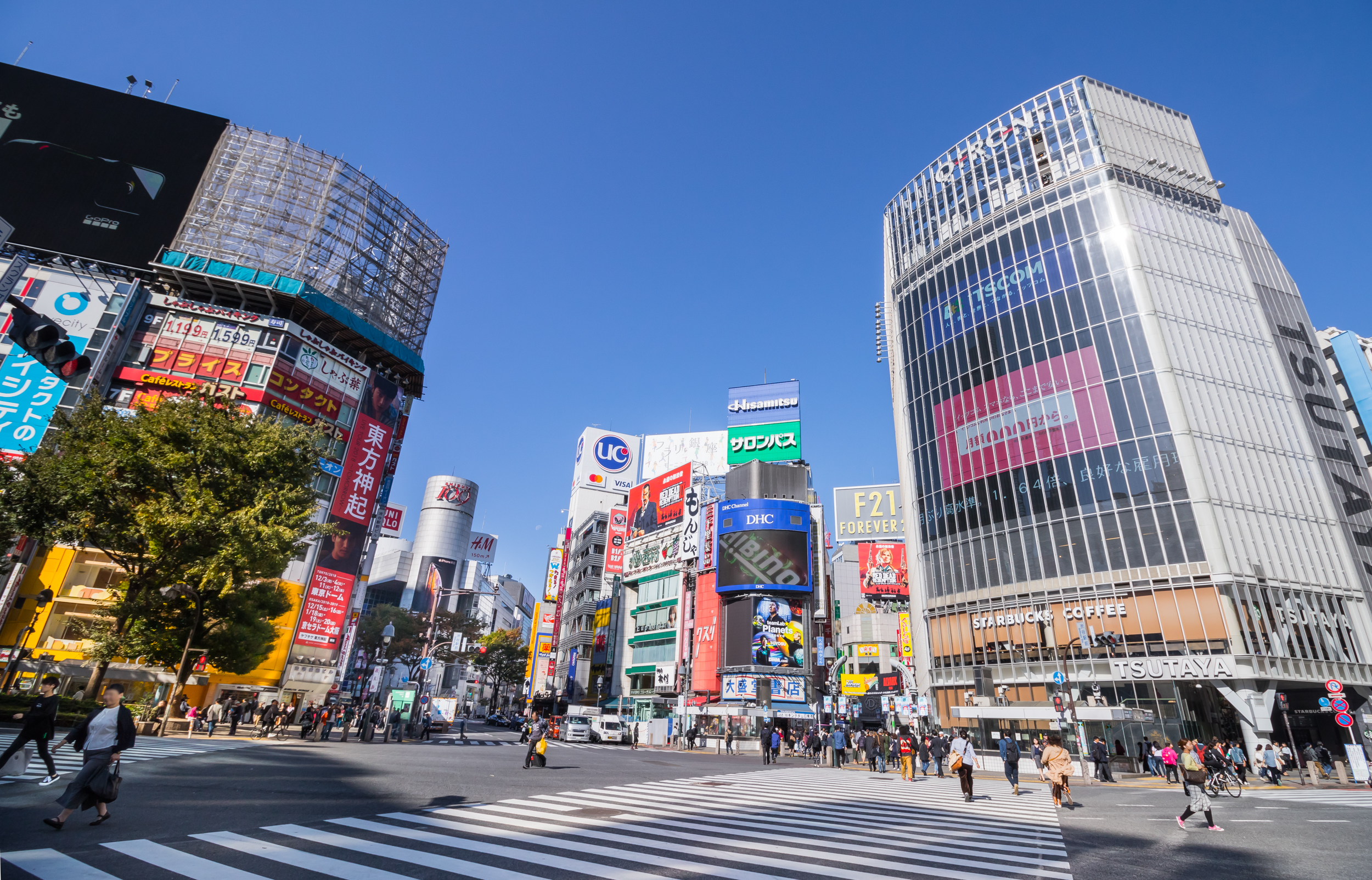

Last but the not least, visit Hachiko Statue in Shibuya which was erected in memory of an adorable dog named Hachiko. Hachiko would make his way to Shibuya station every day to meet its master, a professor. When the professor passed away, Hachiko continued to visit the station until he passed away 10 years later. I’m not crying! Are you?
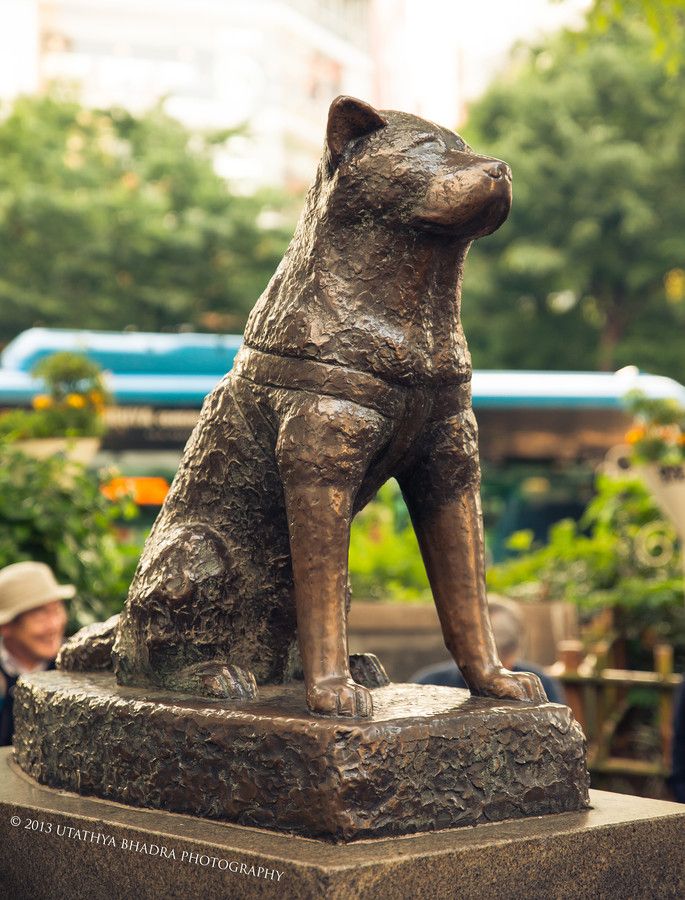

Harajuku: Head to the centre of Japanese youth and fashion culture. Known for young Japanese who like to dress up “kawaii”, this is a super fun place to visit when you’re in Tokyo. Harajuku is only a 15-minute walk from Shibuya. Here are lots of cute and interesting clothing shops and cafes. Harajuku is a great place to stop for food, too. A short walk from Harajuku, visit the Meiji Shrine which is a Shintō shrine dedicated to Emperor Meiji and Empress Shōken. This area is a great place to visit in the afternoon.
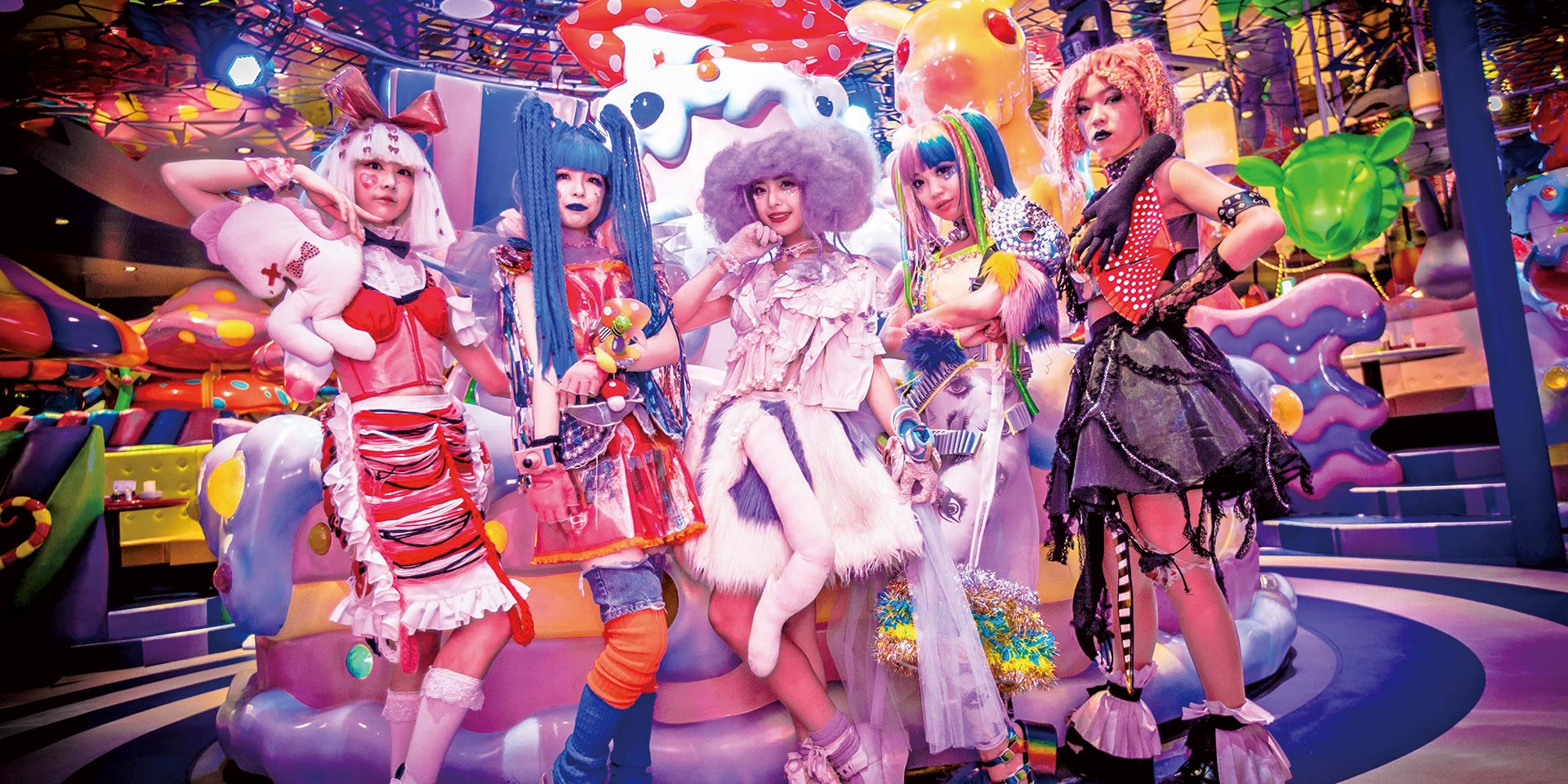

Later in the evening, visit Shinjuku which is a hub for most of Japan’s youth. Explore the Tokyo nightlife here!
Day 2: Day Trip to Nikko
There are loads of day trips from Tokyo, so make the most of it!
The small town of Nikko is one of the most stunning places you can visit near Tokyo for the autumn colours. An easy 2-hour train journey from Tokyo, Nikko is most famous for Toshogu Shrine, the nation’s most ornately-decorated shrine and mausoleum of Tokugawa Ieyasu, founder of the Tokugawa Shogunate. It is also a UNESCO World Heritage Site.
Start your day at Nikko by visiting the famous Shinkyo Bridge. Ranked as one of Japan’s three finest bridges, Shinkyo Bridge is the gateway to all the shrines and temples in the city centre. The ancient bridge is part of the Futarasan Shrine. Here, you can explore Rinnoji Temple, Toshogu Shrine, and Futarasan Shrine which are Nikko’s top attractions. Walk around the area and get to know more about Japanese culture and history.
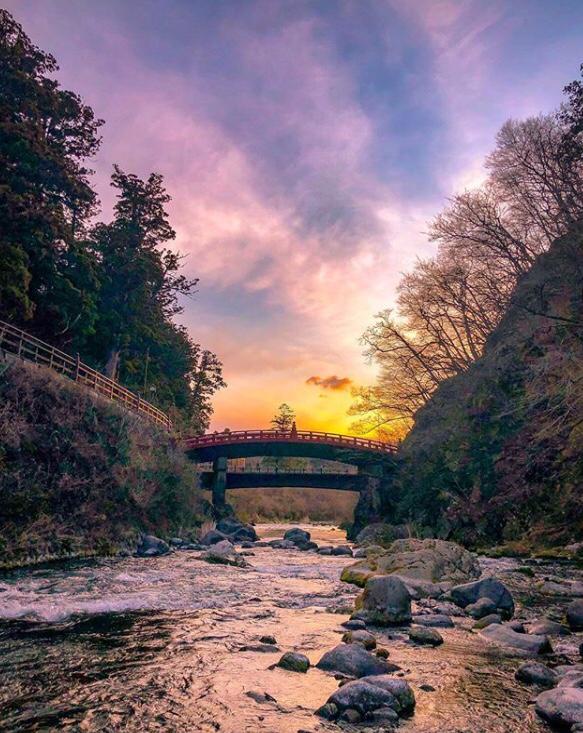

Later, after lunch, head further into the Nikko area for a dose of nature. You can visit Lake Chuzenji to see Kegon Falls. Standing almost 100 metres (328 feet) tall, enjoy the breath-taking views! It is magnificent throughout the year, but it is especially popular during autumn when it is surrounded by glorious reds and orange foliage.
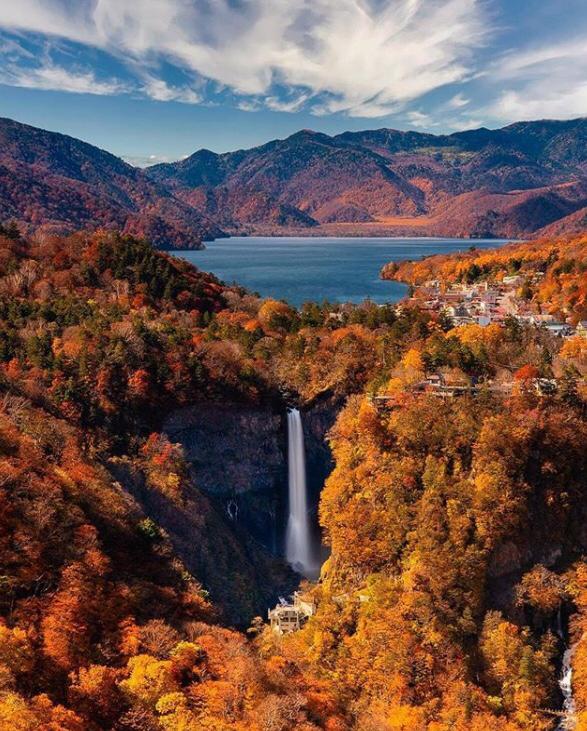

Wander farther to the northern shore of Lake Chuzenji to find the stunning Ryuzu Waterfall. Located on Yukawa River, shortly before the river discharges into the famous lake, Ryuzu Waterfall is so-named because it resembles the head of a dragon. The waterfall is surrounded by many trees which turn yellow and red during the autumn season and is a complete delight to watch. Also, if you still have time, take a short cruise along Lake Chuzenji, after returning from Ryuzu Waterfall.
Later in the evening, you can hope into one of the trains and head back to Tokyo to spend the night there.
Day 3: Mount Fuji
On day three, wake up early and take a train from Tokyo Station to Hakone. The entire journey takes a little under two hours.
Mount Fuji is on almost every visitor’s list when they travel to Japan – and for good reason.
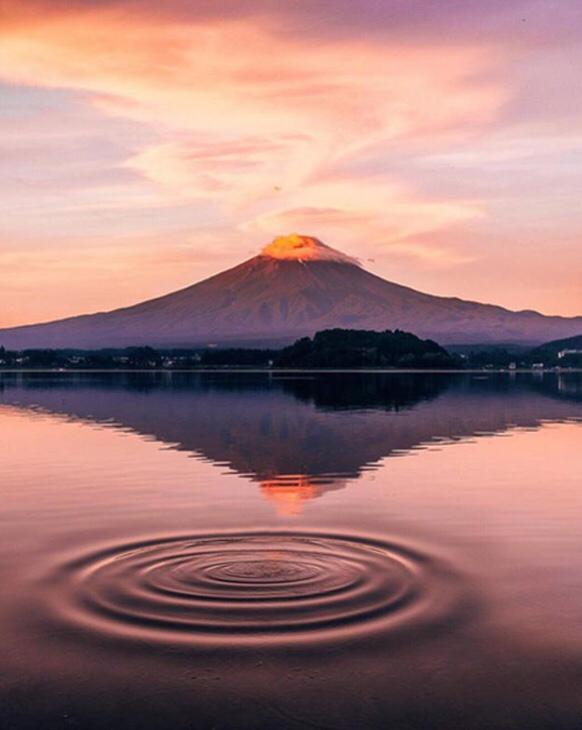

Mount Fuji is a great place to experience staying in a ryokan, a traditional Japanese inn. Stay in a multi-purpose room with sliding doors and have an amazing night’s sleep on a floor mattress. Then, wake up to a view of the famous active volcano.
At the heart of the town is Ashino-ko, a glassy lake where you can see snow-dusted Mount Fuji framed alongside an ancient tori gate rising from the water. Don’t miss that!
You can also experience the traditional Japanese onsen (hot spring), which is a must do when in Japan.
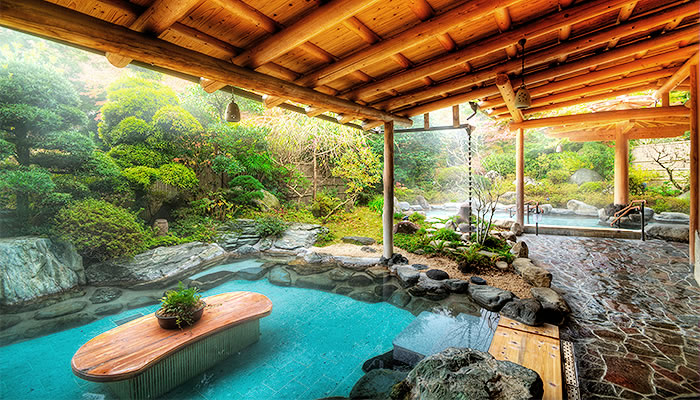

Day 4: Kyoto (Arashiyama Bamboo Grove, Tenruy-ji Temple, Monkey Park Iwatayama, and Gion)
Grab an early morning bullet train from Tokyo Station and arrive in Kyoto in under two hours.
Gentle, traditional, stunning, Kyoto is a city in Japan that you would want to visit again and again. There are so many sites to see here that even a week is not too much.
Arashiyama Bamboo Grove – Start your day by taking a stroll in Arashiyama Bamboo Grove. This is one of the most photographed spots in Kyoto. Conveniently located at just ten minutes walking distance from the Saga Arashiyama Station, the bamboo grove will take you deep into the wonderland of this magical forest.


Tenruy-ji Temple – A world heritage site, this is one of the most beautiful Zen temples in Kyoto, especially during the cherry blossom season. Take in the well-maintained gardens, the giant carps swimming happily, and the beauty of the place.
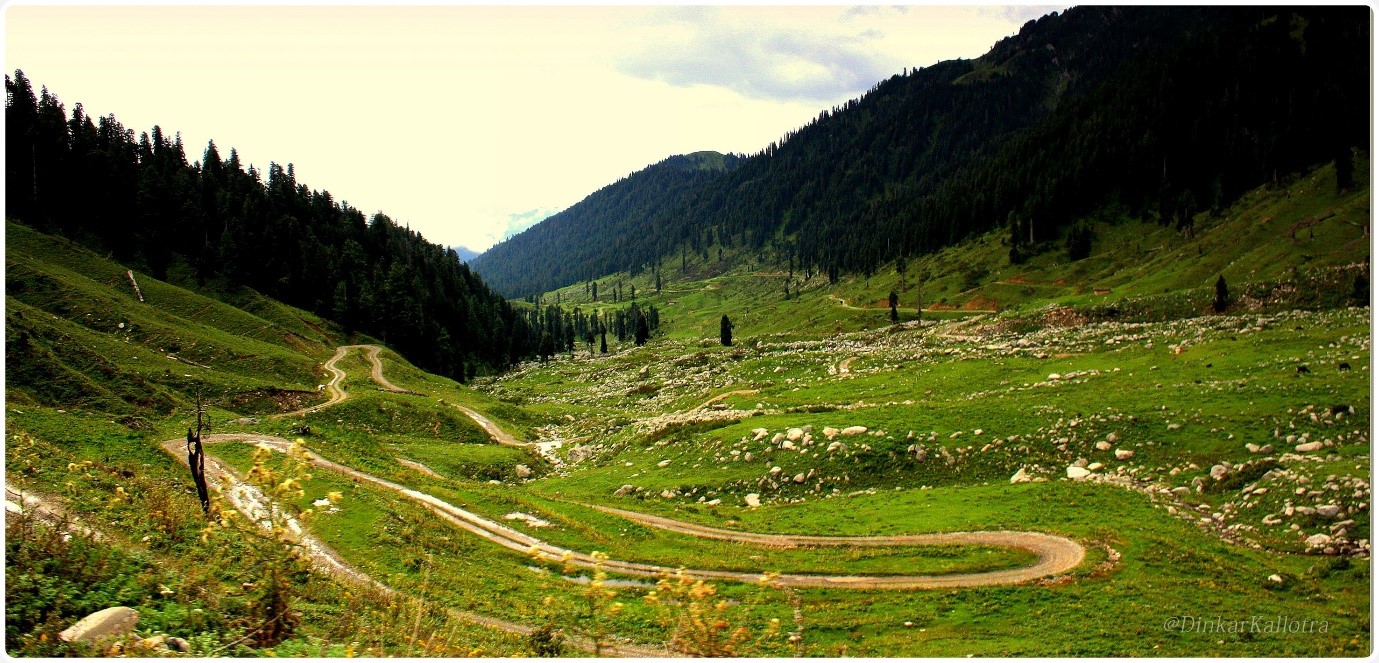

Monkey Park Iwatayama – From Tenryu-ji Temple, you’ll walk across Togetsukyo Bridge and head towards the entrance of Iwatayama Monkey Park. This is the best place for nature lovers and animals. To get there, you’ll take a pretty hike (of moderate intensity) through a forest to reach the summit, where you’ll find a large clearing with a large gang of monkeys and a “human cage” through which you can feed the monkeys apples or crackers. Enjoy the breath-taking view of Kyoto from here!


Gion – As dusk approaches, head to Gion. This is where you can spot Geishas in Kyoto. Geishas are traditional Japanese artists trained in entertaining guests with dance and music performances. Here, geisha experiences are put on for tourists twice daily at 7 and 8 pm, March to November. It’s a beautiful area to stroll around. Explore the wooden merchant shops, tea houses, and adorable looking eateries here.


Day 5: Kyoto
Fushimi Inari – Start your morning at Fushimi Inari Taisha as this place gets packed in the afternoon so it’s best to visit as early as possible. Enjoy following over 4 km of winding paths filled with torii gates. It is one of the greatest places in Kyoto and the Japanese come to this site to pay their respects or to pray for good fortune and success.


Philosopher’s Path – Just 2 kms away from Nanzenji Temple, this area connects Silver Pavilion to Nanzenji Temple with a variety of temples and quaint shops in between. It’s a quintessential Kyoto experience and walking here will just light up your mood. The birds chirp louder, the flowers and blossoms are more fragrant, the natural scenery looks more vibrant. This is one of the most beautiful places in Tokyo.


Silver Pavilion – Few minutes away from Philosopher’s Path, this area features numerous temple buildings, a meticulously-manicured dry sand garden, and moss garden spread across forested grounds. It’s stunning. Walk around the area and explore the Japanese culture here.


Day 4: Day Trip to Nara
Hop into Miyakoji rapid train that leaves from Kyoto Station every 30 minutes and you’ll reach Nara in an hour.
Nara Park: Start your day by walking around the famous Nara Park. The park is full of deer so get your camera ready! The park is located in central Nara and is known around the world to be the home of hundreds of freely roaming deer. Not only that, all the main attractions are located in the park.


Kofukuji Five-Storied Pagoda: The Kofukuji pagoda consists of five floors, each showcasing traditional Japanese architecture and is truly a sight to behold. Reaching up to 50 meters in height, the five-story pagoda is revered as Japan’s second-tallest wooden pagoda. If you want to delve a little deeper into the history of the temples and surrounds, then you can pay a little bit extra to see the Eastern Golden Hall and Kofukuji’s National Treasure Museum.
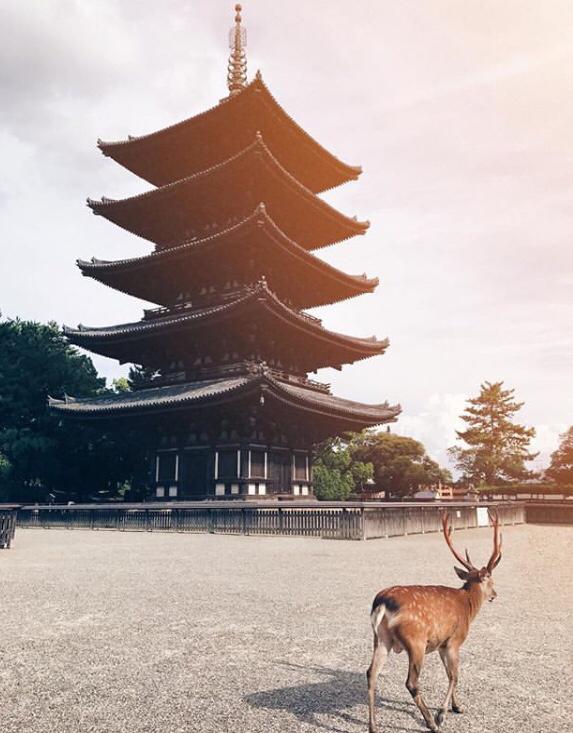

Todaiji Temple: One of the most popular tourist attractions in Nara is the Tōdai-ji Temple. This temple is listed as a UNESCO Heritage Site and it’s known for housing the world’s largest bronze statue of Buddha Vairocana. Take a look!


Yoshiki En Garden: Named after the Yoshikigawa River, the Yoshiki En Garden is one of the top places to visit in Nara. You can walk around the narrow paths, admiring the beautiful vegetation.
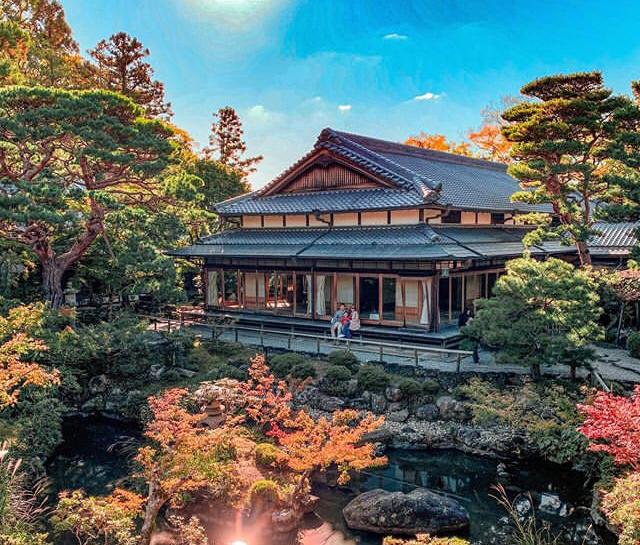

Day 7: Osaka
An hour to the south of the city both by train will take you to Japan’s cultural gems – the wonderful city of Osaka.
Osaka Castle – This is one of the most iconic spots in Osaka. Make sure you read up on how the fortifications were built and giant slabs of rock were transported to the site. You can climb to the top of the castle (by stairs or elevator) for panoramic views across the city. Also, it’s a popular cherry blossom viewing spot during spring.


Dotonbori – It is a large scale downtown with the entire area of Dotonbori is filled with an unbelievable number of shopping arcades, restaurants and amusement facilities. It is often selected as a scene in movies as the symbol of Osaka. Try local authentic Kushikatsu, Okonomiyaki and Takoyaki while learning the past and present lives in the two most popular districts, Dotonbori and Shinsekai in Osaka on Osaka Local Foodie Tour in Dotonbori and Shinsekai.


Shinsaibashi – Shinsaibashi Shopping Arcade is Osaka’s premier shopping centre located beside Dotonbori. You can start the walk from Shinsaibashi and end at Dotonbori.


Shinsekai – Lastly, you can end your day by exploring the popular downtown located in the west of the Ten’noji-koen Park, bristled with many old eating and drinking establishments with Tsutenkaku Tower, the symbol of Shinsekai.
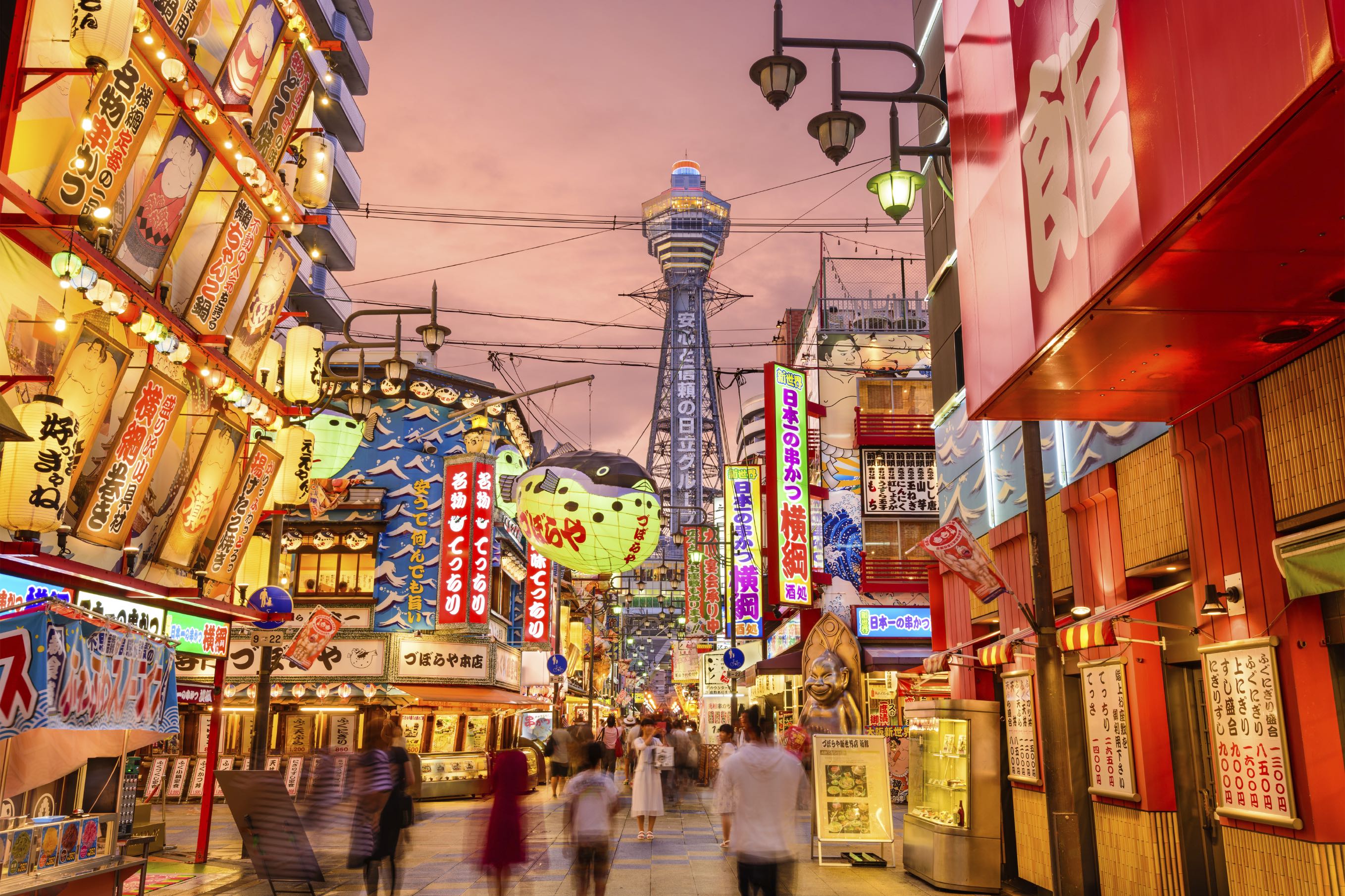

You can easily fly back to your country from Osaka. So, it’s better to spend the night here.
Click here to read about the Cherry Blossoms in Japan!
Have you read Neeraj Narayanan’s book – This Guys’s On His Own Trip yet? It’s right now #1 bestseller in the travel books category on Amazon. Click here to buy your copy!

